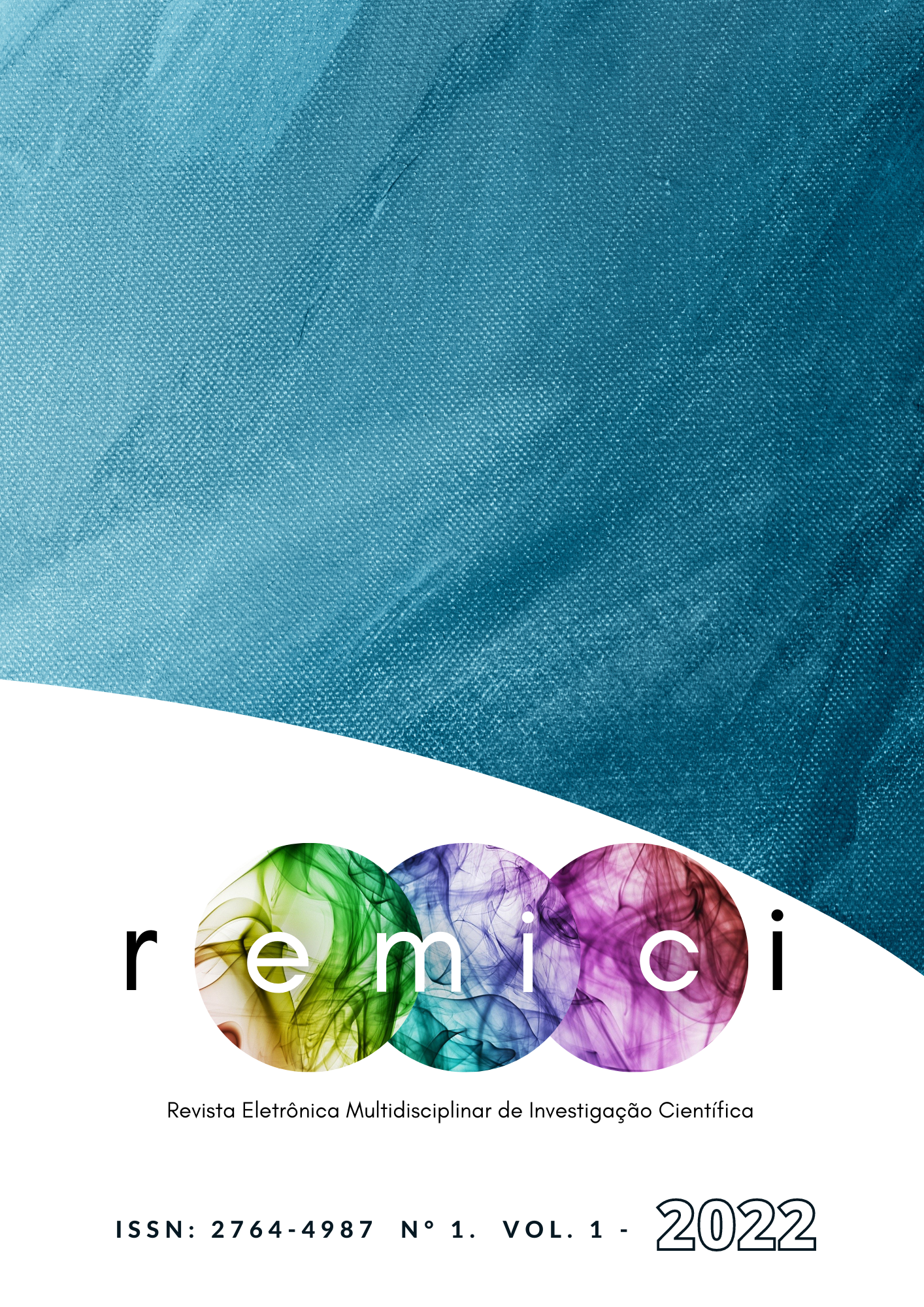A EXPERIÊNCIA DO CLAP ESPANHOL: LÍNGUA, CULTURA E APRENDIZAGEM INTERACIONAL
Main Article Content
Abstract
The challenges of formatting and teaching a language course, in this case Spanish, for students at a beginner's level were largely supplanted, throughout Clap, by a teaching methodology marked by the incorporation of news material, culture of Hispanic American countries, interaction and the use of social networks as an additional communicative space. We realized that the exhaustion of our student-teachers, also as a result of their own remote classes in the context of the pandemic, demanded an approach to language that mixed the didactic with the playful, the learning of grammatical aspects with significant contributions from the Latin American culture and context. This plural approach is widely supported by Álvares Méndez (2001), Crystal (2005) and Chiappini (1997), who propose creative work with language, dialogically approaching it with literature, for example.
Article Details

This work is licensed under a Creative Commons Attribution-NonCommercial-ShareAlike 4.0 International License.
References
ÁLVAREZ MÉNDEZ, Juan Manuel. Evaluar para conocer, examinar para excluir. Madrid: Ediciones Morata, 2001.
CHIAPPINI, L. (Org.). Aprender e ensinar com textos didáticos e paradidáticos. São Paulo: Cortez, 1997.
CRYSTAL, David. El lenguaje e Internet. Traducción española de Pedro Tena. Madrid: Cambrigde University Press, 2005.
DANTAS, Cristiane Monteiro; GARCÍA, Giselle Sanabria; LOPES, Marcia Eliane Zarabra. Español sinfronteras: módulo 01, cuaderno 02. 1. ed. rev. e atual. Pelotas: IFSUL, 2015.
GERALDI, João Wanderley. O texto na sala de aula. Cascavel (PR): Assoeste, 1984.
SILVA, Bruno Rafael Costa Venâncio; ALVES, Luanna Melo; LUSTOSA, Wigna Eriony de Morais. Español sinfronteras: módulo 01, cuaderno 01. 1. ed. rev. e atual. Pelotas: IFSUL, 2015.

